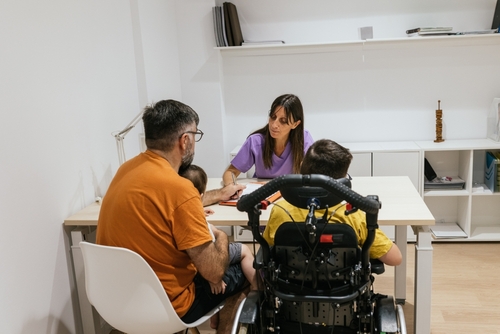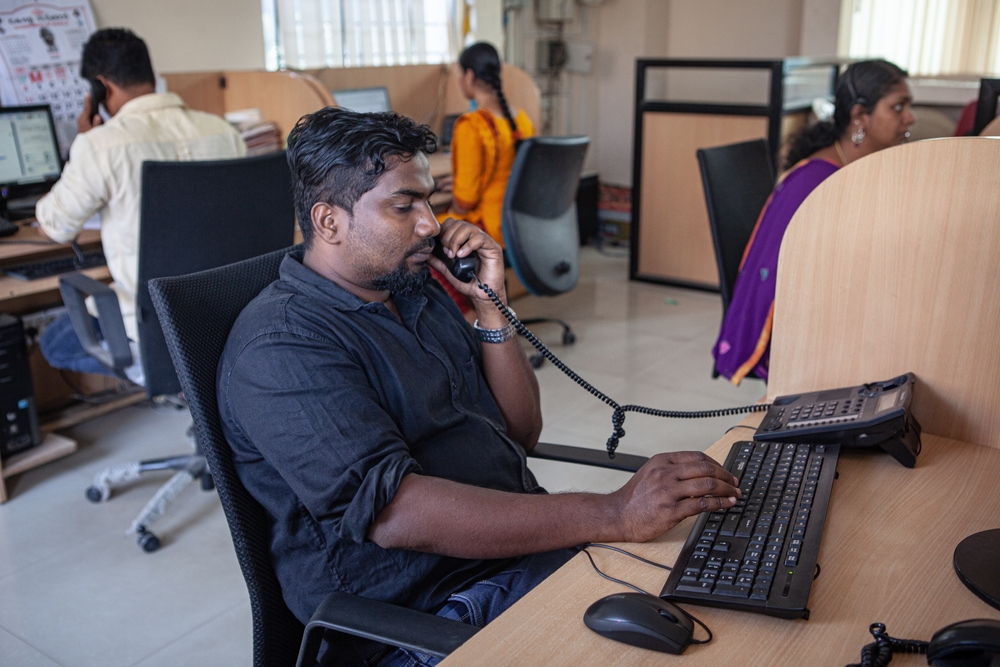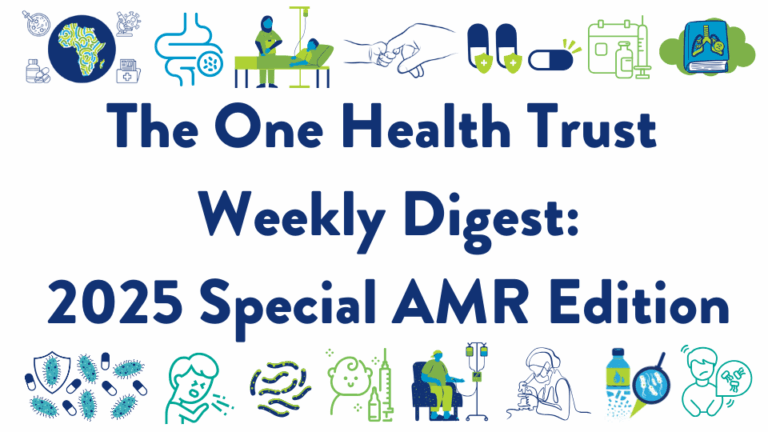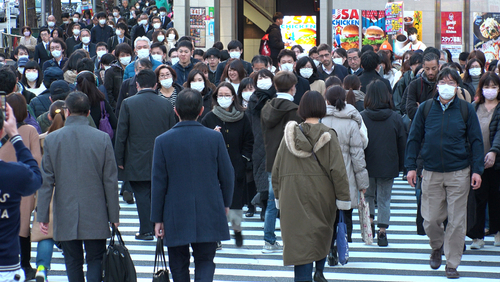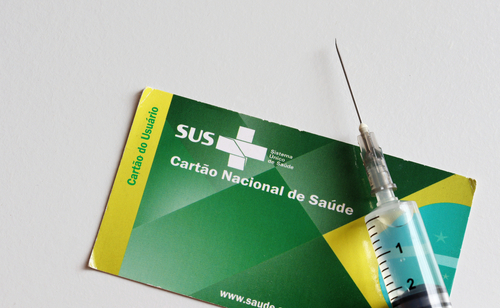April 04, 2022
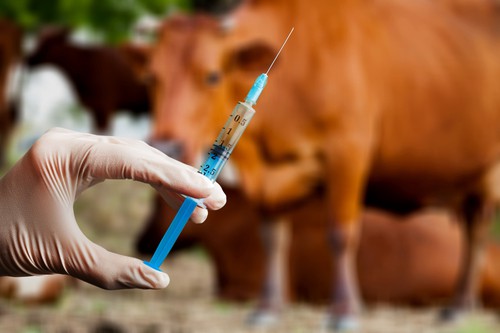
Severe COVID-19 is associated with long-term mental morbidity. A cross-sectional study of seven cohorts across six European countries assessed the prevalence of adverse mental health symptoms among individuals diagnosed with COVID-19 up to 16 months after diagnosis. Researchers contrasted symptom prevalence of depression, anxiety, distress, and poor sleep quality among individuals with and without a COVID-19 diagnosis at entry and up to 16 months from diagnosis. Individuals diagnosed with COVID-19 but never bedridden due to their illness were at lower risk of depression and anxiety than those not diagnosed with COVID-19, whereas patients bedridden for more than seven days were at higher risk of mental health morbidity than those not diagnosed throughout the study period. [The Lancet Public Health]
We must prepare for future zoonotic outbreaks. While there is a justified urgent focus on developing vaccines and antivirals to limit the spread and severity of SARS-CoV-2 infections, it is essential to determine the factors that drive zoonotic disease emergence. Knowing why and how zoonotic diseases emerge in humans facilitates pandemic preparation and prevention. To mitigate future pandemics, more effective surveillance at the animal-human interface is fundamental, and the wildlife trade and live animal markets must be heavily regulated and monitored. Sustainable environments for wildlife away from population centers and a global “pandemic radar” system to share information rapidly regarding zoonotic events and disease outbreaks are critical to mitigate future pandemic threats. [Science]
Researchers are developing controversial self-spreading vaccines for wildlife. Several research groups are developing and assessing the impact of self-spreading vaccines for Ebola, Lassa virus, and bovine Tuberculosis to reduce the spread of infectious diseases among wildlife, a historically difficult population to vaccinate by traditional means. A mathematical modelling study demonstrated that a self-spreading vaccine for Lassa virus could cut disease transmission among host rodent (Mastomys natalensis) populations by 95 percent in less than a year. Such vaccines might also mitigate the risk of zoonotic events. While current vaccine candidates are about 10 years from full development, public health security experts warn that self-spreading vaccine technology could have harmful and unknown consequences and are calling for more international dialogue on such research. [National Geographic]
There is both high occupational and community exposure to COVID-19 among workers in long-term care facilities. A nested analysis of a seroprevalence study among long-term care facility (LTCF) staff in Switzerland, of which 80% were healthcare workers (HCWs), investigated both occupational and community exposure to SARS-CoV-2, from March to June 2020. 17% of participating LTCF workers were seropositive for SARS-CoV-2. Risk factors for seropositivity included exposure to a COVID-19 patient and community contact with a COVID-19 case. Among 18 employees included in the outbreak investigation, the outbreak reconstruction revealed four importation events by HCWs with secondary transmissions to other HCWs and patients. [Antimicrobial Resistance & Infection Control ]
Isolated strains from wild honey could lead to novel antibiotic discovery. Bacillus strains isolated from wild honey were evaluated for potential antimicrobial effectiveness against human and plant bacterial and fungal pathogens. The isolated strain, Khuz-2, has suitable antimicrobial and antifungal potential for further pharmaceutical research. Isolation and identification of beneficial bacteria from natural sources could advance future pharmaceutical and industrial innovation. [BMC Complementary Medicine and Therapies ]
COVID-19 vaccination during or prior to pregnancy is vital to infant and maternal health. Despite the increased risks that SAR-COV-2 infections pose for poor outcomes during pregnancy (including preterm birth, stillbirth, and danger to the placenta), many pregnant individuals have been reluctant to be vaccinated against the virus due to safety concerns. Many countries’ uptake of the COVID-19 vaccine in pregnancy remains low and there is heavily circulated misinformation regarding the safety of COVID-19 vaccination in pregnancy. With data confirming the safety and effectiveness of COVID-19 immunization during pregnancy, there is a need for strong public health messaging and training for midwives and obstetricians to counsel their patients on the benefits of COVID-19 vaccination.[Nature Reviews Immunology]
One-third of unvaccinated hospitalized patients with COVID-19 still express vaccine hesitancy. In a study including 730 unvaccinated patients hospitalized in 12 centers in Poland from November to December 2021, 66% of individuals regretted their decision not to receive a vaccine, and 64% affirmed that they promoted COVID-19 vaccination following discharge. Individuals expressing no regrets about vaccine refusal more frequently revealed beliefs in conspiracy theories. [Vaccines]
The development of cancer vaccines is a breakthrough in treating solid tumors. With increased understanding of cancer immunology and sequencing technology development, personalized cancer vaccines could be rapidly developed. Cancer vaccines have the potential to kill tumors by overcoming immune suppression and establishing immune surveillance, however, there is a need to identify neoantigens, develop combination therapies, and optimize vaccine platforms to harness this potential. [Journal of Hematology & Oncology]
The COVID-19 pandemic highlights the need for collective action to confront health inequity. The COVID-19 pandemic accentuated existing societal issues, accelerated their pace of change, and instigated new disparities. Such disparities motivated many to reassess their understanding of health and work to reduce inequities in who has access to, who uses, and who benefits from the resources that promote health and well-being. Collective action could lead to re-imagining how we think about health and what resources are available to support it; this includes addressing long-standing structural inequities affecting who gets to be ‘healthy.’ [ The Lancet Regional Health – Americas]
Healthcare workers in Ghana face barriers to diagnosing Tuberculosis. Through structured clinic observations and in-depth interviews with healthcare workers (HCW) , researchers identified barriers to tuberculosis (TB) diagnosis for HCWs in Ghana. Barriers identified included the scarcity of TB diagnostic laboratories and no standard referral system to the municipal hospital for further assessment. Suboptimal and inconsistent screening practices impeded early diagnosis of TB. Researchers noted a lack of training on case detection guidelines and fear of infection due to inadequate provision of personal protective equipment (PPE). Barriers could be addressed by including at least one diagnostic facility in each sub-municipality, provision of transport subsidies for patients’ travel for testing, training of new staff on case detection guidelines, and provision of PPE. [BMC Health Services Research]
Photo: Shutterstock

